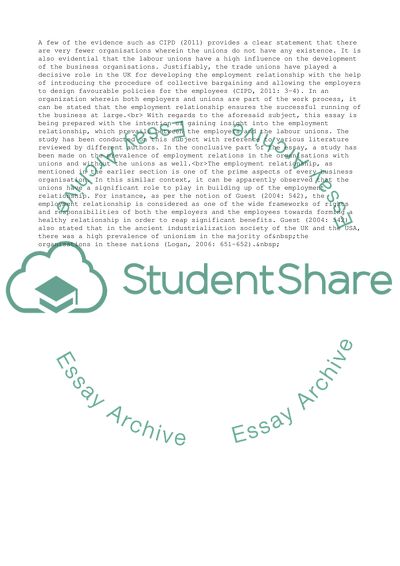Cite this document
(“Employment Relations Essay Example | Topics and Well Written Essays - 2500 words - 1”, n.d.)
Employment Relations Essay Example | Topics and Well Written Essays - 2500 words - 1. Retrieved from https://studentshare.org/business/1634773-employment-relations
Employment Relations Essay Example | Topics and Well Written Essays - 2500 words - 1. Retrieved from https://studentshare.org/business/1634773-employment-relations
(Employment Relations Essay Example | Topics and Well Written Essays - 2500 Words - 1)
Employment Relations Essay Example | Topics and Well Written Essays - 2500 Words - 1. https://studentshare.org/business/1634773-employment-relations.
Employment Relations Essay Example | Topics and Well Written Essays - 2500 Words - 1. https://studentshare.org/business/1634773-employment-relations.
“Employment Relations Essay Example | Topics and Well Written Essays - 2500 Words - 1”, n.d. https://studentshare.org/business/1634773-employment-relations.


